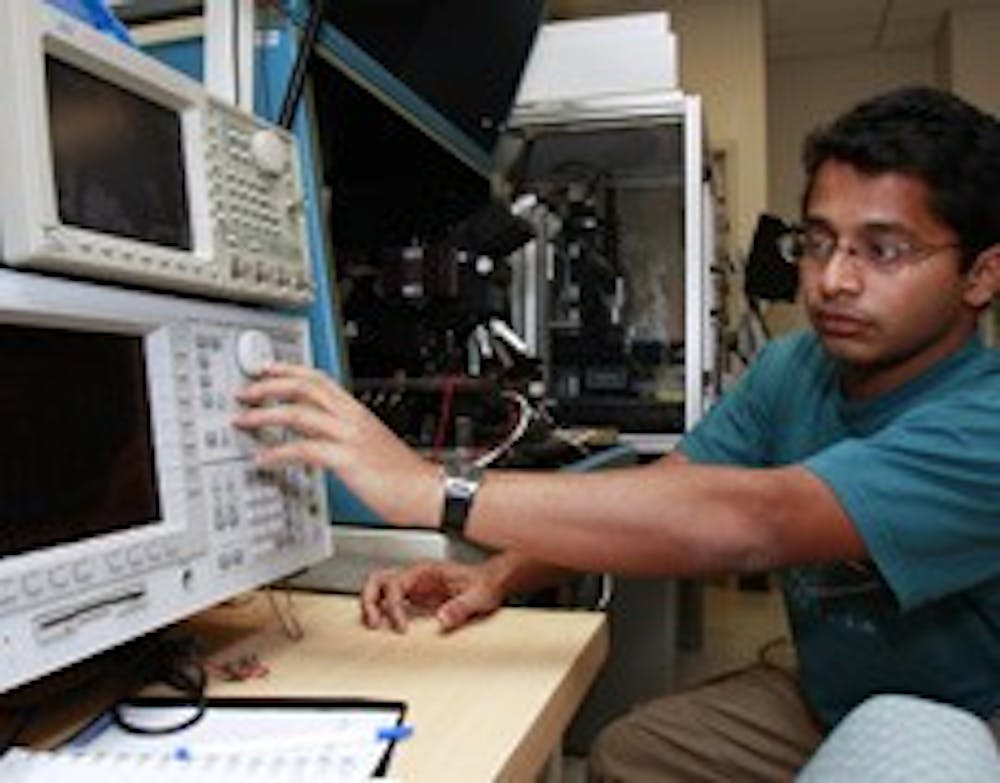Memory and storage devices have new competition from ASU with technology that could outdate the most common forms of existing memory devices, according to University researchers.
ASU's Center for Applied Nanoionics received a patent last week for a technology worth millions of dollars, said Michael Kozicki, a professor of electrical engineering and the director of CANi.
"(We) jumped to the next level in many respects as far as storage density is concerned," Kozicki said.
The patented technique, which is CANi's 25th U.S. patent, is projected to produce a new memory chip using existing materials to make a product that is 1,000 times as energy-efficient as flash memory, Kozicki said.
The technology would revolutionize iPhones and other mobile technology devices that use flash memory, he said.
The technology works by putting several layers of memory cells on top of each other, he added.
"All of the memory cells that are built today are built in one layer," Kozicki said.
Layering memory would make it possible to put more than 100 times the memory in the same amount of space as is used today, he added.
Kozicki said it was difficult to make projections on when the technology would be available in stores, but the first products would be available in about 18 months.
"We'll see the more tough stuff in excess of three years," Kozicki said.
He said he could not say what kind of products the technology would be used in.
"Needless to say, I do know what these products are," he said.
Kozicki said three companies had already been licensed to use the technology, and discussions were going on with about six other companies.
"There are others using it without a license," Kozicki said.
Erik Fisher, an associate research professor at the Consortium for Science Policy and Outcomes, said it was difficult to make any predictions regarding the use of nanotechnology to increase storage and memory.
"It depends on which group of people you're asking," Fisher said. "It would be possible at this stage to project positive and negative implications."
Sociology senior Daniel Baca said he wasn't surprised to hear about CANi's breakthroughs in storage and memory.
Baca said it's likely that products using the technology will be released slowly, instead of giving consumers the increased storage and memory all at once.
"I don't think they'll do it right away," Baca said. "I think they'll do it increments."
He added that the technology would be beneficial to people who buy products like iPods and other mobile devices.
"It's good as far as the consumer is concerned," Baca said.
Reach the reporter at mculber@asu.edu.




